Spring and summer are great for nurturing a perfectly-manicured garden and lawn. While to most people flowers and leaves are a great addition to homes, others may suffer from allergies, cutting off their enjoyment of the outdoors and even their own backyard. If you or a family member has a plant allergy, knowing which plants to avoid adding to your garden will allow you and your loved ones to enjoy your spring and summers more.
People with plant allergies can experience allergic rhinitis or hay fever when they make contact with plant pollen. Because plants bloom during the spring and summer, pollen is abundant, making these months difficult for allergy sufferers.
Plant allergy symptoms depend largely on the kind and number of triggers a person is exposed to. However, the most common symptoms are itchy, irritated, and watery eyes, sneezing, a runny nose, and fatigue.
Common Allergy-Causing Plants
Some people are more sensitive to trees, others to grasses, and others to flowers. It’s crucial you identify your triggers so your garden remains a safe haven for all no matter what time of year.
Here is a list of the most common allergy-inducing plants:
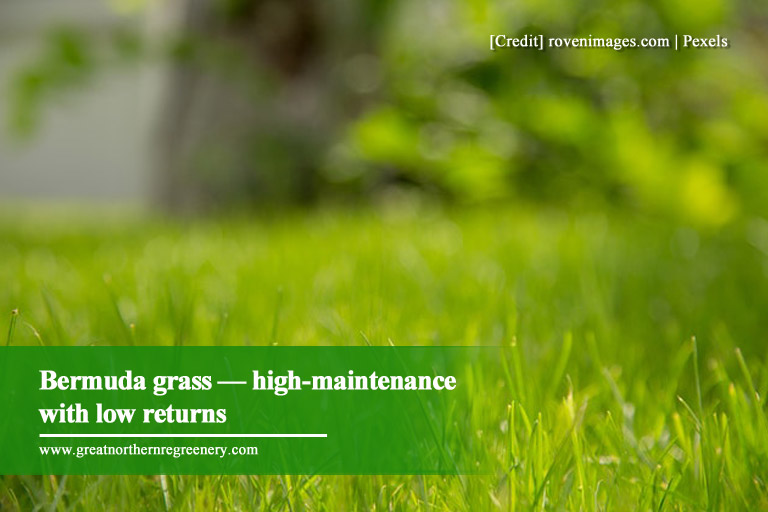
- Bermuda Grass – Despite the bermuda grass’ popularity in many lawns, one of the common recommendations for low-maintenance landscaping is skipping it because of the upkeep costs. Another reason to tick this off your landscape option is the itching and sneezing that may come your way because of it. Its pollen scatters all over the lawn and can reach people even in the relative safety of their home.
- Birch Tree – Most people allergic to the birch tree experience various symptoms in springtime. This tree is commonly added to lawns because it is strong enough to withstand storms. The papery bark makes it attractive and a favourite of landscapers.
- Bluegrass – This is one of the grasses that love the cold weather of Canada. However, bluegrass pollen can worsen symptoms of asthma. Additionally, while there is an abundance of pollen in the summer months, they can still thrive for most of the year.
- Cedar Tree and Bush – There are is an estimated 70 kinds of cedar trees and bushes available today. While they are beautiful and can make lawns look more manicured, they are also popular for triggering allergic reactions. The pollen season covers half of the year — from January to June so if you are allergic to its pollen, better not include this in your plant choices.
- Chamomile – Some homeowners plant chamomile because of its stunning flowers which can be used to make tea. However, the leaves and flowers can cause skin reactions. Some people are also very sensitive that even drinking it can still trigger allergic reactions.
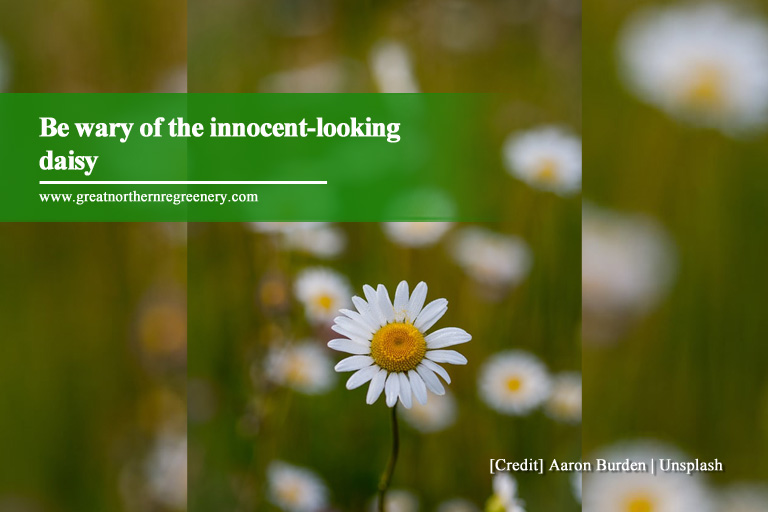
- Daisy – One of the very popular house plants that cause allergies, the daisy is the cousin of the ragweed which means bad news pollen allergy sufferers. Daisy pollen, leaves, flowers, and extracts can trigger different reactions like hay fever, rashes, and other symptoms.
- Elm Tree – The elm grows well in Canada as it loves the cold regions. It can grow from 40 to 60 feet tall and has a full oval crown. People love it for the shade it can offer and is a favourite for those who want to maximize the use of their lawns. If you have allergies, however, this is not a great tree to have in the fall.
- Jasmine – People love jasmine because of its sweet-smelling flower. It propagates easily and is a pretty addition to any lawn or garden. However, its small white flowers can cause sneezing fits in people with allergies.
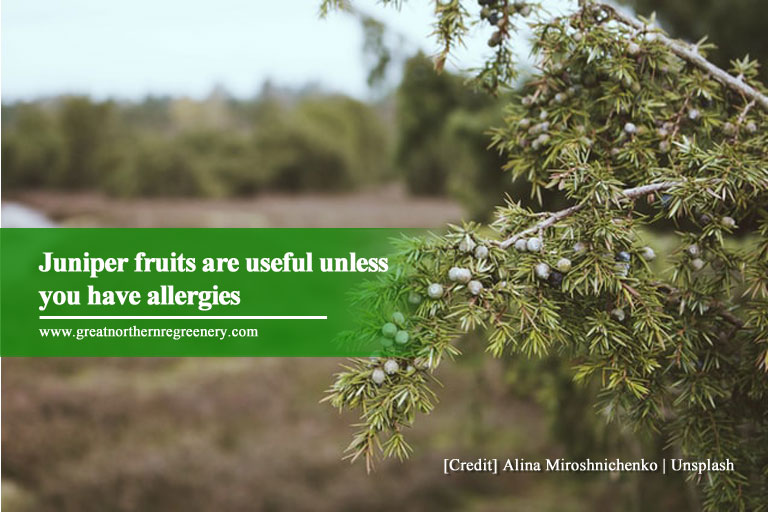
- Juniper – Junipers are a favourite by many landscapers because they are low-maintenance. This tree also grows beautiful blue berries that can light up the garden and are used to extract essential oil for the treatment of bronchitis and pain. Despite its uses, the plant’s pollen is known for causing hay fever and skin issues.
- Oak Tree – The classic oak tree is well-loved for its shade and the ease of growing it but it is also notorious for its spring pollen. This is usually grown in parks, but are popular with homeowners with a wide lawn. In springtime, the pollen floats through the air and can cause serious reactions in some people.
- Pine – The evergreen tree makes a lot of thick yellow powdery pollen in spring. You are likely to experience hay fever symptoms if you are allergic to pine pollen.
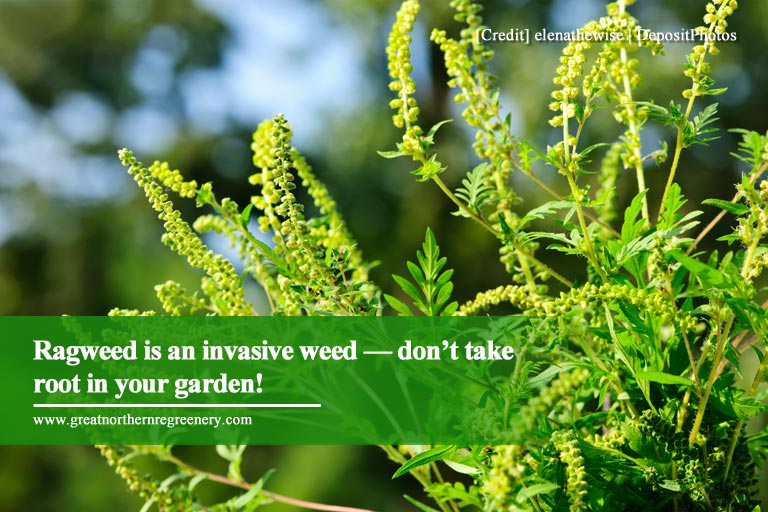
- Ragweed – While it’s not usually a plant that homeowners want to add to their lawns, ragweed can grow anywhere. This plant is considered the most allergenic species in Canada especially when the weather gets extremely hot. While it is not the only weed that causes allergic reactions, a single ragweed plant can yield one billion grains of pollen. Symptoms include a puffy face.
- Sunflower – What spells summer more than a beautiful sunflower garden? Unfortunately, the pollen and seeds of this plant can cause problems for some. Depending on their sensitivity, people can experience hay fever and itching by merely being in close proximity to the plant.
- Walnut – This tree is commonly planted in public spaces and residential areas. The flowers bloom in late spring and the pollen can cause allergies. Fortunately, walnut pollen is dense and does not travel far from the tree. The allergic reactions are only experienced if the person is staying close to the tree.
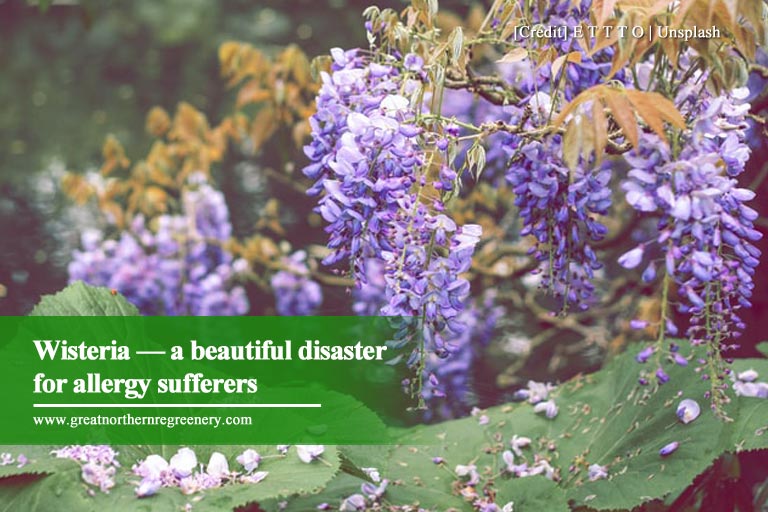
- Wisteria – People fall in love with the beautiful wisteria plant. It is a magical addition to a garden or lawn with the flowers hanging low, nearly kissing the ground. If properly grown, it can turn a simple space into an instant attraction — unless you are allergic to its pollen. Beautiful as it may be, the hay fever and skin reactions triggered by just pruning or touching the plant are enough to keep it off your plant list.
Improving a lawn may mean adding new plant species to bring your landscaping ideas to life. However, before you do so, take note of its risks, especially if you or a family member has allergies. Garden upkeep is more than just watering or pruning — it’s also knowing what not to plant. Stay safe and stick to allergy-friendly plants so you can gain full enjoyment from your landscape. In a similar vein, be wary of house plants that cause allergies.
If you need advice or tree services for your garden plants in North York, contact Great Northern ReGreenery. We assist you in maintaining beautiful lawns the whole year-round. Arrange to meet with our team at Great Northern ReGreenery by contacting us (905) 775-7444, (705)-458-4600 or visit us at 449110 Sideroad Bradford West Gwillimbury.





